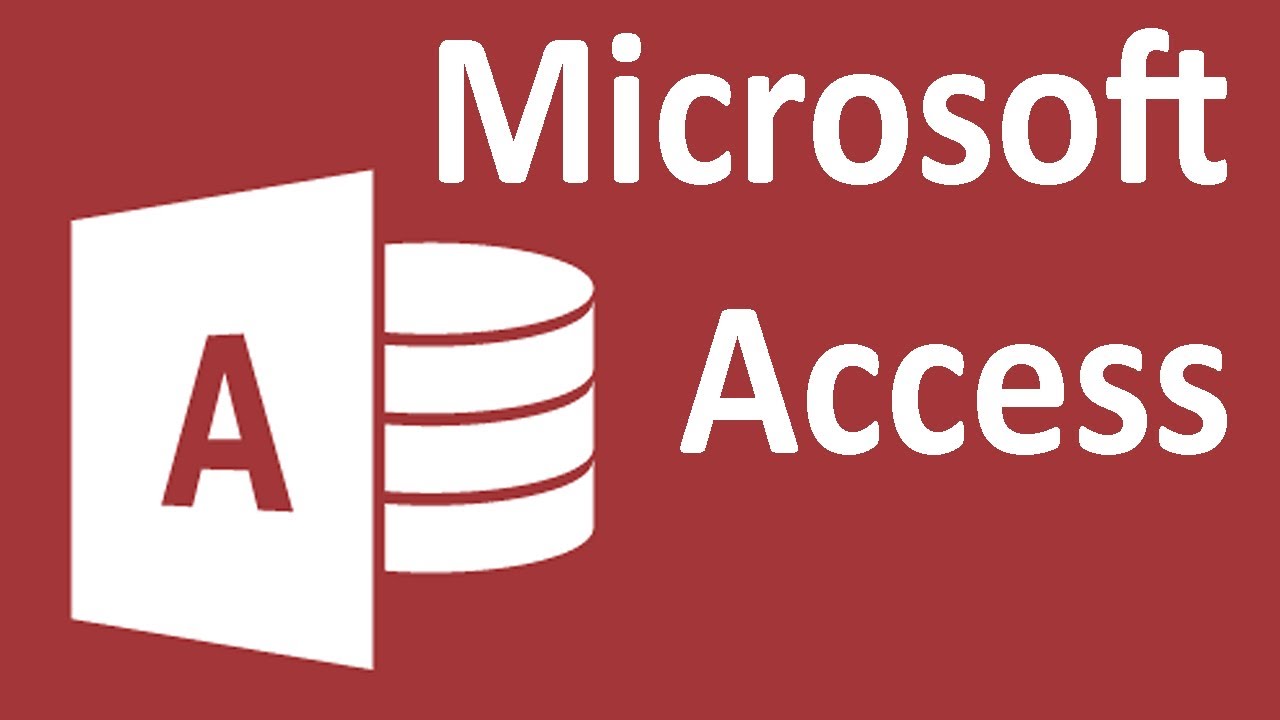Microsoft Access: Your database solution for efficient work
Published

The basics of Microsoft Access: An introduction to the database world
Microsoft Access is a powerful database application software that allows you to enter the fascinating world of databases. As part of the Microsoft Office suite, Access offers a user-friendly interface that makes it easy for even beginners to create and manage databases. The basics of Microsoft Access start with the creation of tables in which you can organize your data. These tables can then be searched and sorted using queries to quickly find the information you need. Access also allows you to create forms that make data entry and editing easier. In this introductory course, you will learn how to create simple databases, create tables and establish relationships between them. It also introduces basic query functions that allow you to filter your data efficiently. Whether you want to manage your personal book list or analyze business data, Microsoft Access provides the tools to dive into the world of databases and make the most of your data.
Tables, queries and forms: The core functions of Access
Microsoft Access is characterized by its versatile functions, which are based on three central pillars: tables, queries and forms. Tables form the backbone of your database and allow you to store information in a structured form. With Access, you can easily create new tables, import existing ones and enter data. Queries are a powerful tool for searching for, filtering and evaluating data. You can create complex queries to analyze sales data by region or customer, for example. Forms are interfaces that increase the user-friendliness of your database. You can design custom forms to enter or edit data in a clear way. These core features of Access are critical to efficient data management and utilization. In this section, we will dive deeper into the world of tables, queries and forms and show you how to make the best use of these tools to optimize your database.
Create reports and visualize data in Microsoft Access
The ability to create meaningful reports and visualize data effectively is a critical aspect of any database application, and Microsoft Access provides powerful tools to do just that. With Access, you can design reports that present your data in a clear and concise way. These reports can include tables, charts, graphs and text elements to make complex information easy to understand. You can create custom reports tailored to your specific needs and export them in various formats to share with others. Access also enables the integration of Visual Basic for Applications (VBA), which allows you to automate and further customize reports. When it comes to visualizing data, Access provides chart views and pivot charts that allow you to easily identify trends, patterns and relationships in your data. This section will introduce you to the basics of report design in Access and show you how to effectively visualize data to gain valuable insights and make informed decisions.
Database design and optimization: Tips for efficient Access applications
The right database design is crucial to developing an efficient and reliable Access application. A well-designed database structure ensures that your data is consistent, easily maintainable and quickly retrievable. In this section, we will introduce you to valuable tips and best practices for database design in Microsoft Access. Beginning with planning your database, you will learn how to best design tables, relationships and indexes to store and retrieve data efficiently. We will also discuss the importance of data integrity and show you how to set up validation rules and relationship rules to minimize data errors. But database design doesn't end at creation. Optimizing your Access application is an ongoing process. We'll show you strategies to improve performance, including index optimization, query optimization and removing redundant data. With this knowledge, you will be able to develop Access applications that are not only reliable, but also significantly increase the efficiency and productivity of your data management.
Access in the corporate world: How to professionalize data management
Microsoft Access has not only established itself as one of the most popular database applications for home use, but also plays a crucial role in the corporate world. In this section, you will learn how you can use Access to organize data management in your company in a professional manner. Access offers companies the opportunity to organize, manage and analyze their data efficiently. You can develop custom applications tailored specifically to your organization's needs using proven Access templates and functionality. Integration with other Microsoft products such as Excel and SharePoint enables seamless collaboration and real-time data sharing. Access also offers security features to ensure the protection of sensitive company data. This section will show you how to use Access effectively in the enterprise world to optimize data management processes, increase productivity and make informed business decisions. Whether you are analyzing financial data, managing customer data or coordinating projects, Access provides the tools to use your data professionally.








